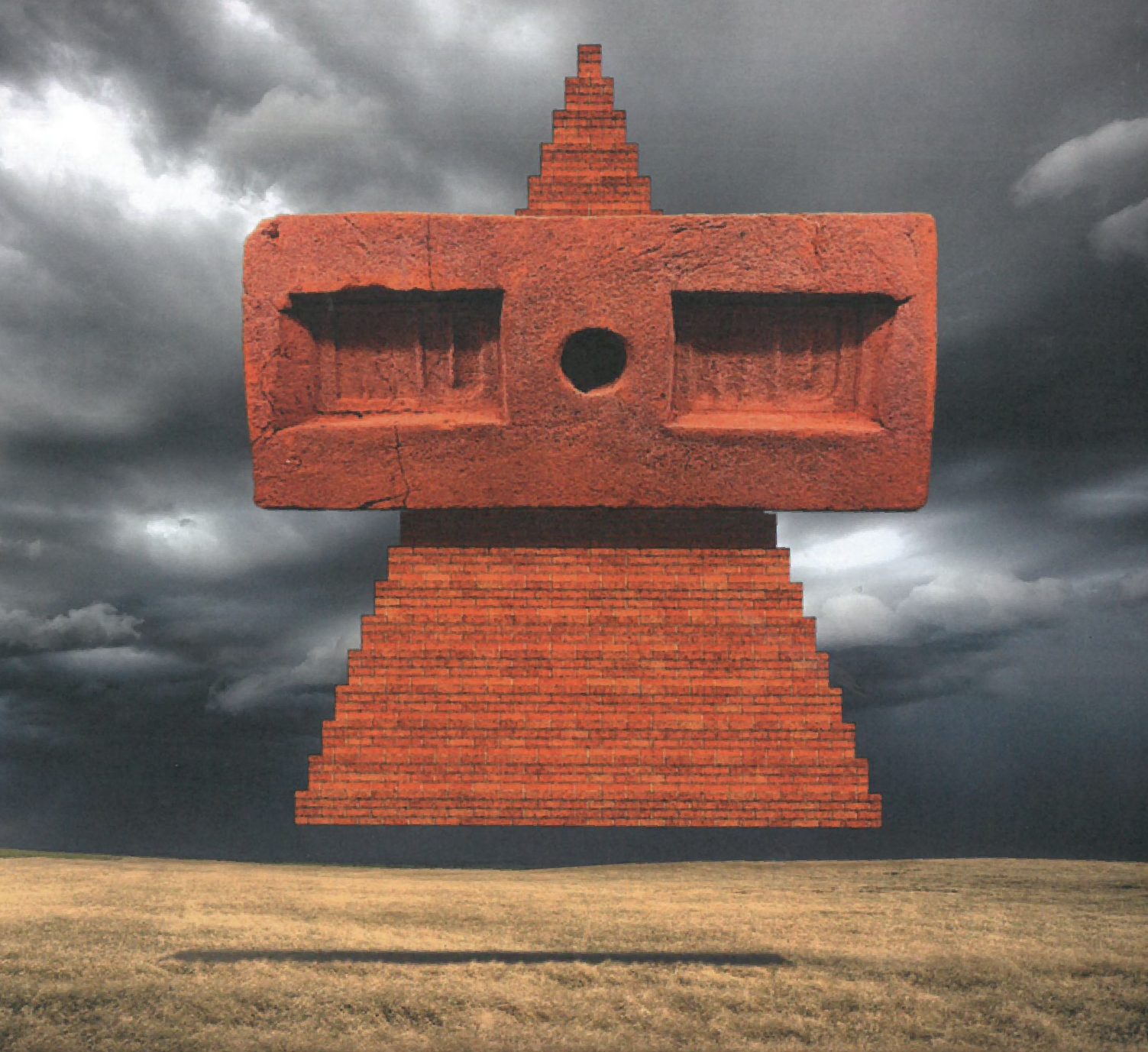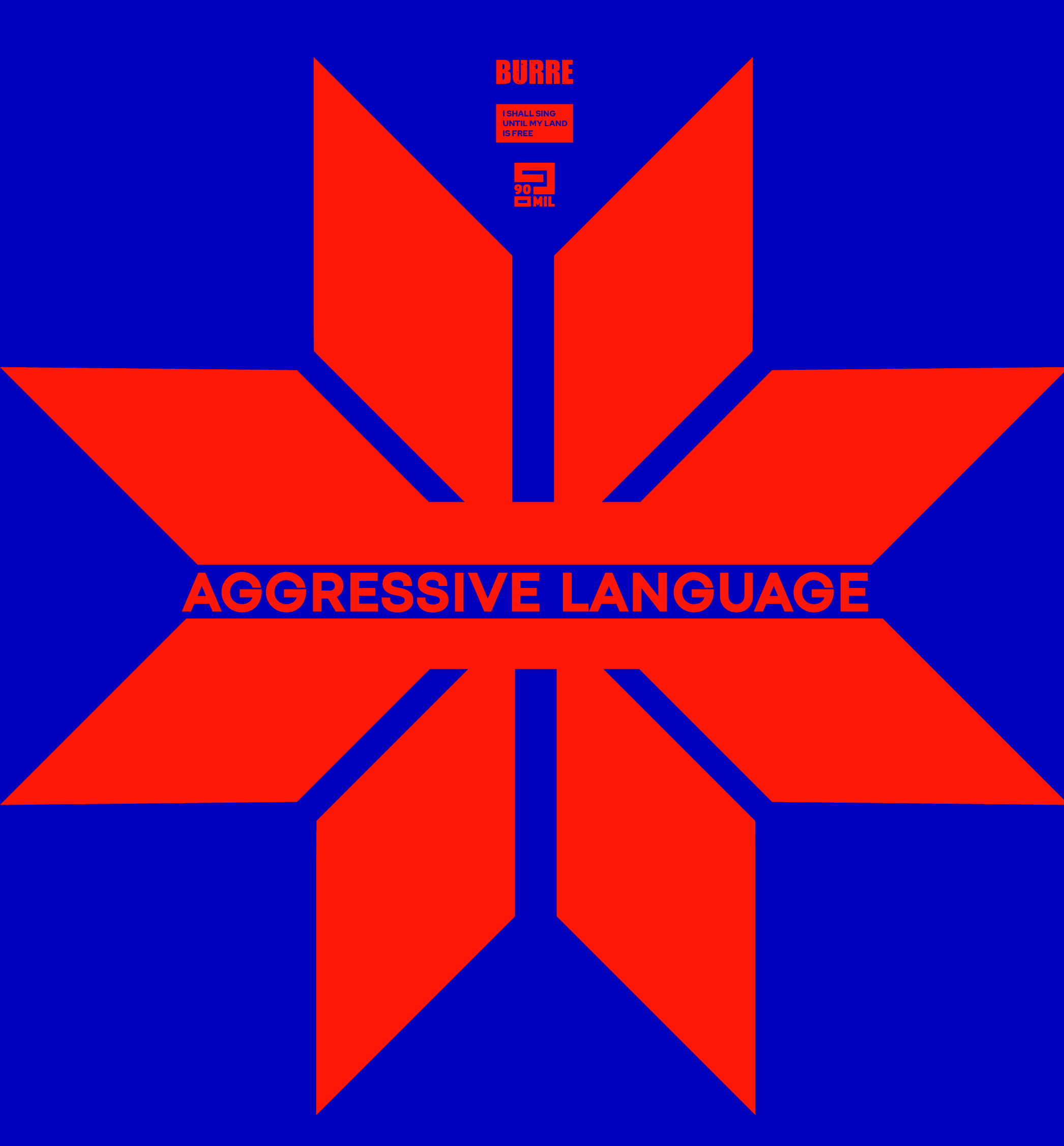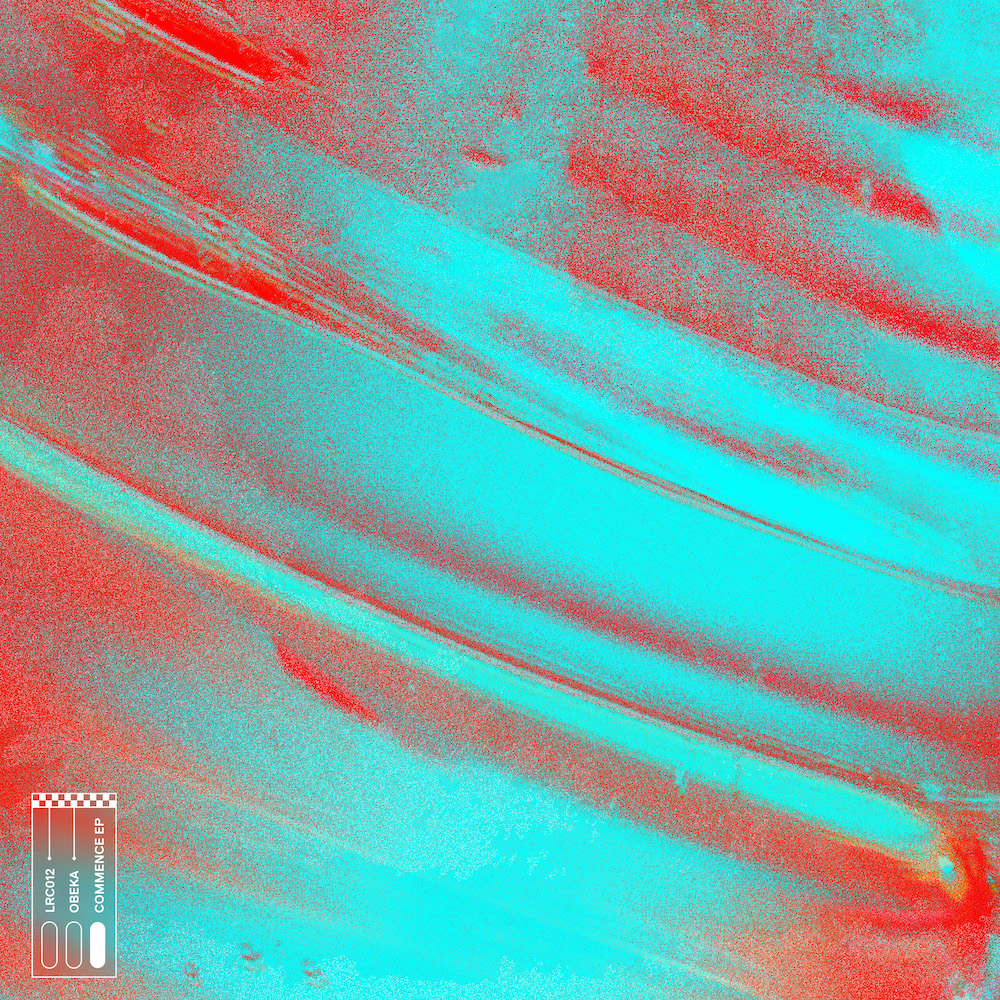Week #5:
I sit on a grey sandy beach in the late afternoon sun in Paracas trying to work out how to describe a week in which we have travelled six or seven hundred miles of Perus coast, spent two of the last seven nights on buses, and the other five in hostels in three different places separated by several hours of travel. Next to me lies a local dog, who put herself down beside me in quiet if slightly flearidden companionship the moment I sat down. Dogs are everywhere in this country, most of them somewhere between stray and domestic, the unluckier ones pretty sad-looking spectacles. But the majority seem cheerful, happy to sleep in the midday sun and keep the tourists awake with their carousing at night. The relaxed and genial atmosphere of Peru applies to the canines too as it does to the characterful hordes of pelicans that inhabit this coastline, and especially to the sensual and narcoleptic sealions that heave themselves onto the rocks of the nearby Islas Ballestas for a snooze, turning from sleek leather black to fuzzy brown fur as they dry off in the heat and breeze.
So we have started the journey south now, but we came to Paracas from Chiclayo, not so far from the border with Ecuador. Way before the Incas (between 100 and 800 AD), the Moche or Mochica culture predominated in this northern coastal area, building huge adobe pyramids, enacting complex religious and funerary rites, and making the most exquisite and fascinating ceramics, jewellery and metal work. Looking at the unbelievably rich finds unearthed from several tombs at Sipan and now housed in the Museo Tumbas Reales de Sipan at Lambayeque, you are struck by the extent to which fear and its concomitant reverence of the natural world dominated ancestral lives. Copper sculptures, many of them gold plated, featuring crab-gods and spider-gods and foxes, iguanas, big cats and devil fish paint the picture of a bestially-inspired devotional life whose more domestic complement comes in the form of hand-painted pots featuring peppers and calabash, farming, flowers, or the stages of life from conception to death and beyond. Preserved in the dry sand until the late 1980s, many of these objects look as good as new and offer an astonishing insight into much earlier rhythms of life.
Modern existence on the Peruvian coast, as we have seen it, still revolves in many places around trade and fishing – with spirituality in the form of Catholicism and shamanism retaining a strong influence also. Cities like Chiclayo hum with ages-old patterns of exchange, though the increased presence of both posh casinos and street-sleepers attests to depressingly familiar symptoms of development. But of course tourism is paying a huge role now too, with archaeological riches and intense biological diversity providing lucrative seams of prosperity in some areas – the areas of the Gringo trail.
The gringo term is in general use across Latin America, and theories vary as to its origin, though I expect it may start to dwindle if it becomes bad for business. At any rate, the Gringo Trail, as with tourism everywhere, has various ramifications. There is the beach-beer-surf-drugsand-party scene that goes down in Huanchaco, where we spent several hours last Thursday afternoon downing afternoon beers with a local family, for whom it was clearly a near-daily occurrence, before heading out for a beachside reggae party and dancing until 5am with Eduardo, surely one of very few openly gay Peruvian men. Then there is the eco-reserve kind of tourism found at Chaparri , Perus first privately-owned reserve. Happily private in this context means owned by the local community, and a bumpy drive in a beat-up Chevy with a driver and a guide brought us to a hot dry forest wilderness alive with rare birds of all colours and calls. In an open enclosure lives Cuto, a spectacled bear rescued from the circus, unable to return to the wild after having all his teeth ripped out. The only bear native to Peru, Cutos type are highly endangered after years of poaching, and at Chaparri they provide protected space for these wonderful bears as well as hundreds of other species of wildlife.
Then this morning we experienced the proper tour kind of tourism, queuing at 8am to get on a speedboat with dozens of other gringos, this time generally more of the moneyed and middle-aged type. Nonetheless it was incredible to got so close to the colonies of marine birds gulls, boobies, cormorants, pelicans and gulls that share the Islas Ballestas with the layabout sealions, and which in the past fed an extremely successful guano business here. Even the lame tour around the local parque nacional in a bus was enjoyable, walking through red sand littered with crab shells and animal corpses, and eating cheese and avocado sandwiches in the stiff sea breeze.
I guess in the end its what you make of it.
I have no idea what were doing this week so youll just have to come back next week to find out.

Check Maddington Bear’s brand-spanking new blog holding more photos of Wander & Wonder… and lots more!
Not on the R$N list yet? Sign up for all things essential and receive Thursday’s weekly lowdown here

















Must Reads
David Holmes – Humanity As An Act Of Resistance in three chapters
As a nation, the Irish have always had a profound relationship with the people of Palestine
Rotterdam – A City which Bounces Back
The Dutch city is in a state of constant revival
Going Remote.
Home swapping as a lifestyle choice
Trending track
Vels d’Èter
Glass Isle
Shop NowDreaming
Timothy Clerkin
Shop Now